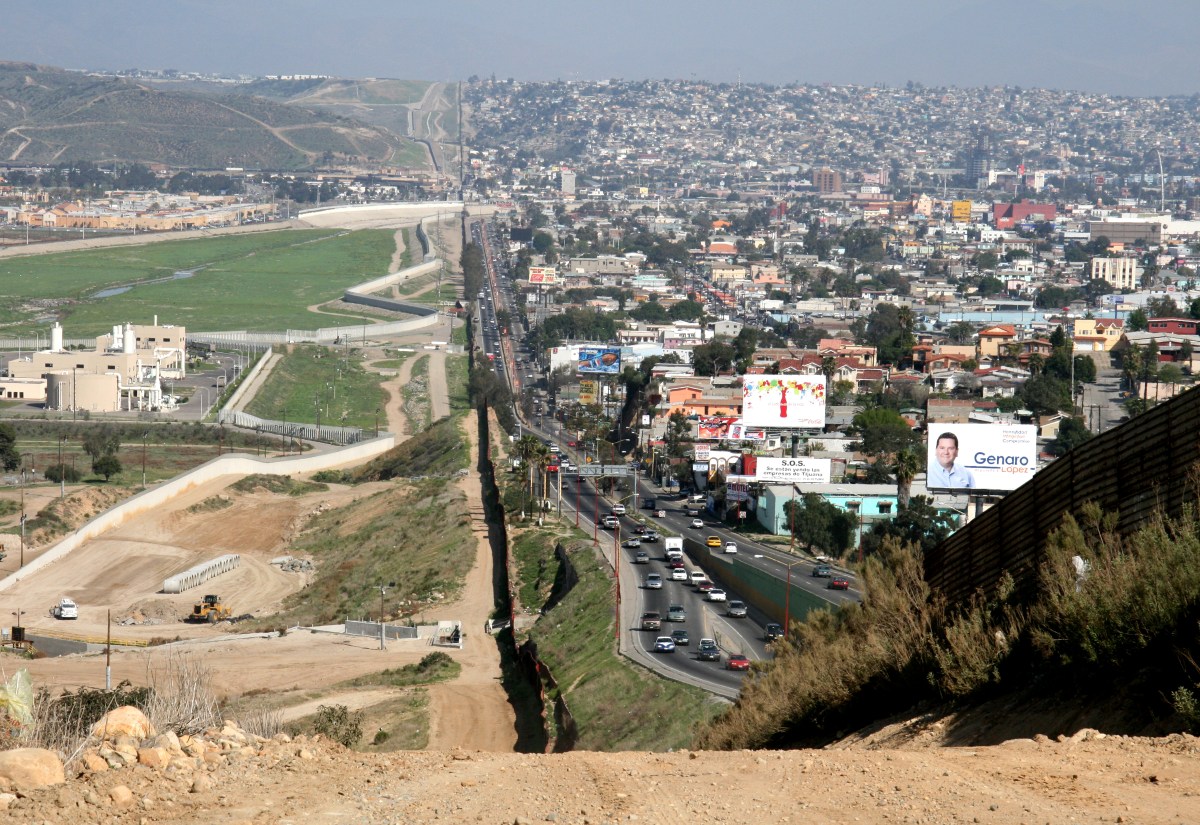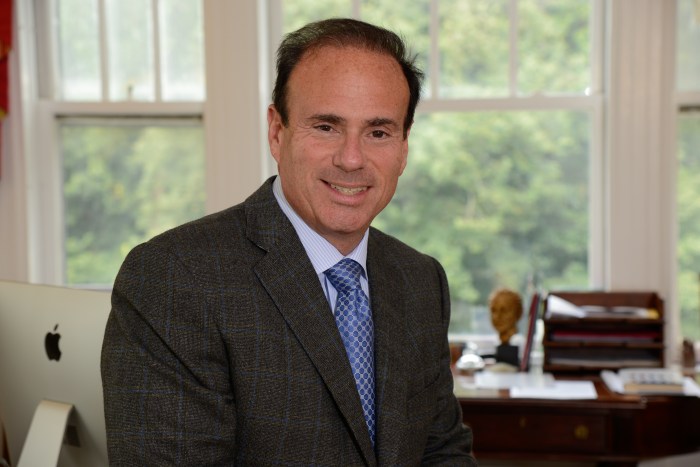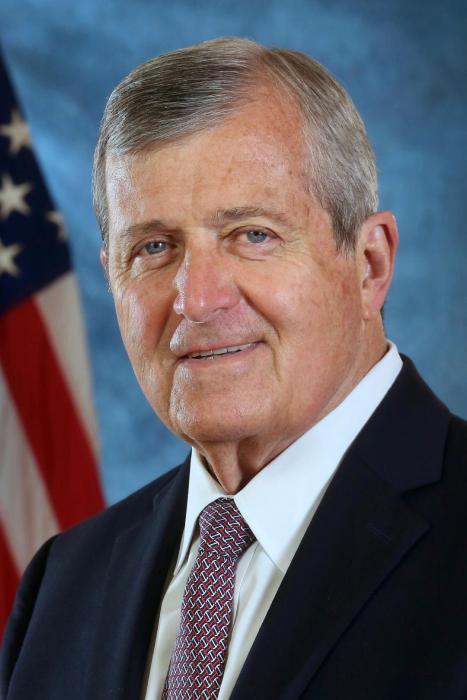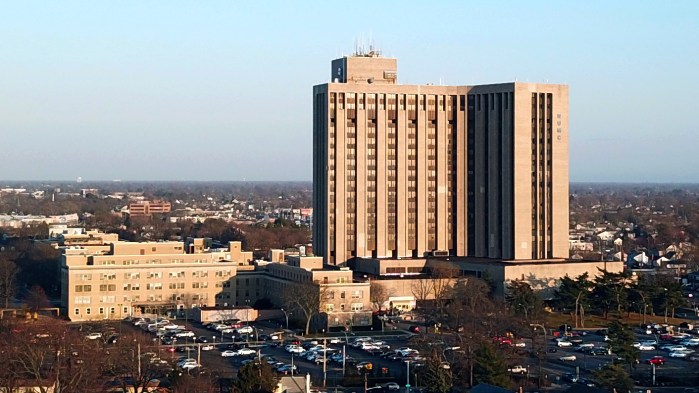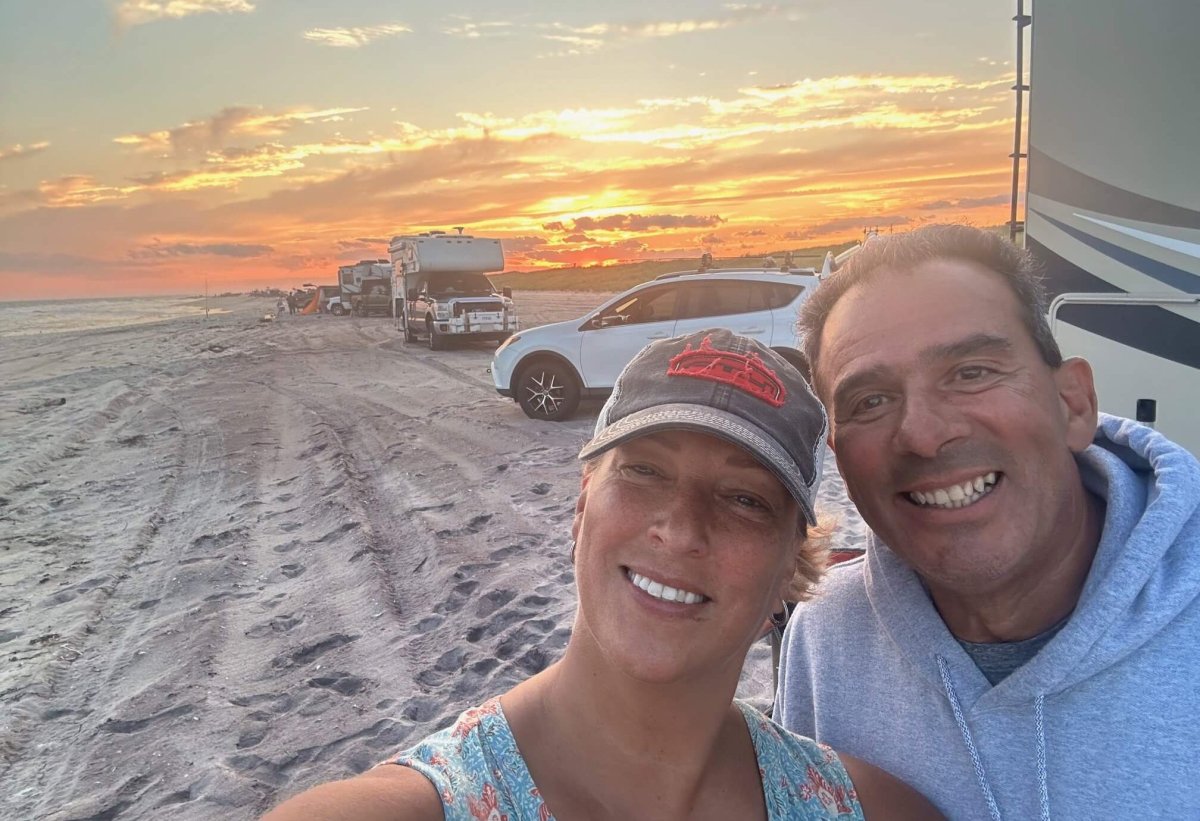You have read more about the border than you ever wanted to, have formed opinions based on reported facts. I was exactly where you are. That is why, after extensive reading, I decided to go down to the border myself, and talk with America’s law enforcement community. This is what I learned.
First, whether you are Republican or Democrat, America is in trouble at the border. The daily, monthly and annual numbers make the point convincingly, as does watching events at the border. We need a real, workable and enduring solution to the influx, ways to manage those detained awaiting return or review of asylum claims, and more consensus on both the enormity of the issue and ways to fix it.
Second, private conversations with Customs and Border Patrol (CBP) officials are highly informative and surprisingly consistent, given the variety of issues they deal with. They reduce to this. From Arizona’s border to points east and west, border crossing problems are growing, severe and need a political – not just an operational – solution.
While CBP can monitor and enforce within resource limits, those detained are soon turned over to ICE, and some to HHS. How to process mounting border crossers is not a CBP task, although they are quick to suggest a comprehensive and integrated solution is likely needed to this comprehensive and integrated problem.
The central issue is not just young migrants, but an upsurge in impoverished asylum seekers, followed by drug and human trafficking, and the changing demographics of those seeking entry. The past was defined by Mexican migrants seeking work and trying to avoid capture, while many today are Central Americans seeking asylum.
When you ask why the rise in drug and human trafficking, a consistent answer comes back.
The bottleneck at entry points is bad actors trying to surge together with good people who have become indebted to ruthless drug cartels and stoop to must in order to crossing crimes to survive.
This again points to a political solution, a need for concerted effort to understand the problem, adjust process, facilities, laws and regulations to match an immediate problem – which is swamping the system. Our laws are designed to address those trying to hide in America, not openly turning themselves in. We need to be able to address both issues, effectively.
The last big topic that CBP officials raised hits us hard – and in every state, county and municipality in America: Drugs. They made clear, the majority of what we confront on American streets comes from outside the country. The challenge is that most is smuggled through at ports of entry, hidden in trucks and other conveyances.
While deterrence between ports of entry matters, the big issue is at the ports. Since high volumes of illegal drugs cross into the US at ports of entry, we should focus more effort there. A more complete wall might marginally increase deterrence between ports through lowering daily crossers, but the system is not overrun by those jumping CBP barriers – as most are caught. It is being overrun – and overrun by drugs also – at the ports of entry.
So, what is the answer? The answer is layered, comprehensive and political. Direct observation of the border crisis, and we have one, gives me hope that we can get to a solution. Democrats and Republicans should start with this: The crisis is evolving, and any wall between ports of entry is only a minimal solution.
The need is for new laws and resources to more effectively deter those seeking asylum, as well as trafficking in persons and drugs, through our ports of entry, not such between them. We have to go to where the real problem is, and address is squarely there.
The need is for better detention, processing and interagency coordination between CBP, ICE, HHS, State and local authorities, so that the process is functional and can, in an accordion-like or scalable way, pulse and recoil as needs surge and ebb at official border crossings.
The last need is for serious and meaningful outreach to Mexico to help get a handle on the problem on their side of the border, help stem this human and drug flow into and through Mexico, since they too are facing an inordinate burden from Central American migrants – and the drug cartels play an outsized role on their side of the border.
The bottom line is this: Our border is in crisis. I saw this with my own eyes. The inflow continues to affect our national dialogue, America’s civic cohesion, costs tied to public health and safety, as well as education, housing and other social issues. The best way to tackle the border is head-on. Deterrence between ports of entry will not do this alone, we need a thoughtful, comprehensive and enduring political solution.
That is my take-away. And this – it should not be a partisan issue. To arrive at a workable solution, other factors need to be considered – because they also matter. Foreign aid may strike some as a give-away, but if we do not invest in seeding rule of law, institutional and economic stability in our own hemisphere – the problem will only get worse. Shifting climate data only reinforces this point.
Finally, like it or not, any comprehensive border solution should – not for political but legal reasons – address the DACA kids. Democrats and Republicans have weighed in on this issue. These young people, brought to our country as children, bear no more responsibility for where they ended up than you or I do for where our parents chose to bring us up. The law is not blind to equity – and should not be here. Resolution of their status should be integrated into the broad border solution. Not to do so would be a major omission. And of course, we must systematically reunify separated families; that is also a matter of decency and law.
So, that is what I saw at America’s besieged southern border. And that is the roadmap for getting us back to decency, sovereignty, and order. No time like the present to start.
Perry Gershon is a widely recognized business leader and national commentator on business, trade, policy and politics. A congressional candidate for New York’s first district, he holds a B.A. from Yale and an M.B.A. from the Univ. of California.



